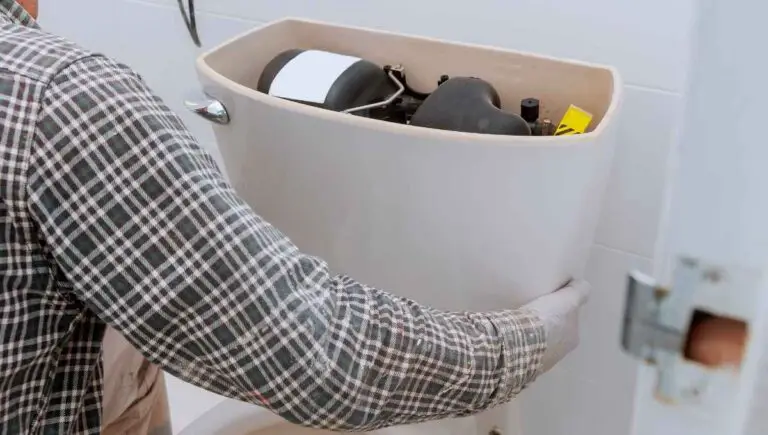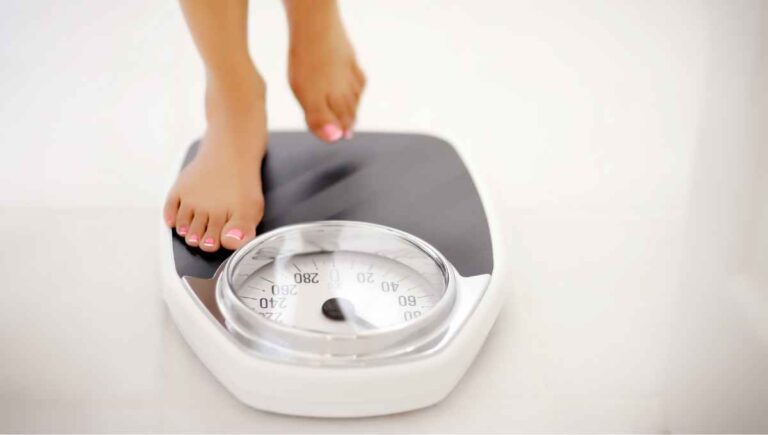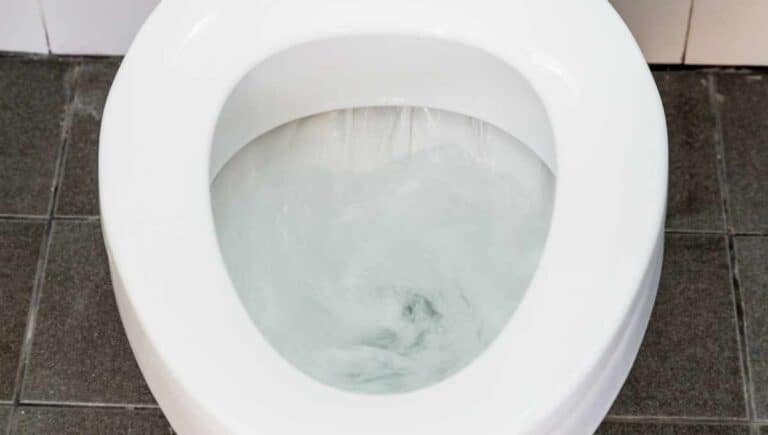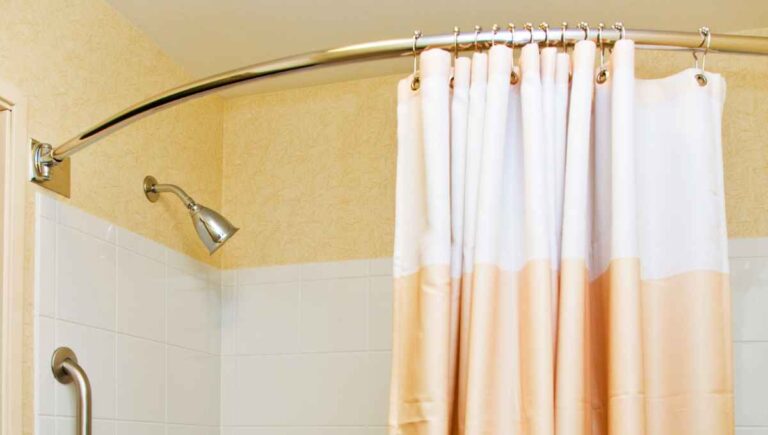Does a Shower Drain Need a Trap? (We Asked a Plumber)
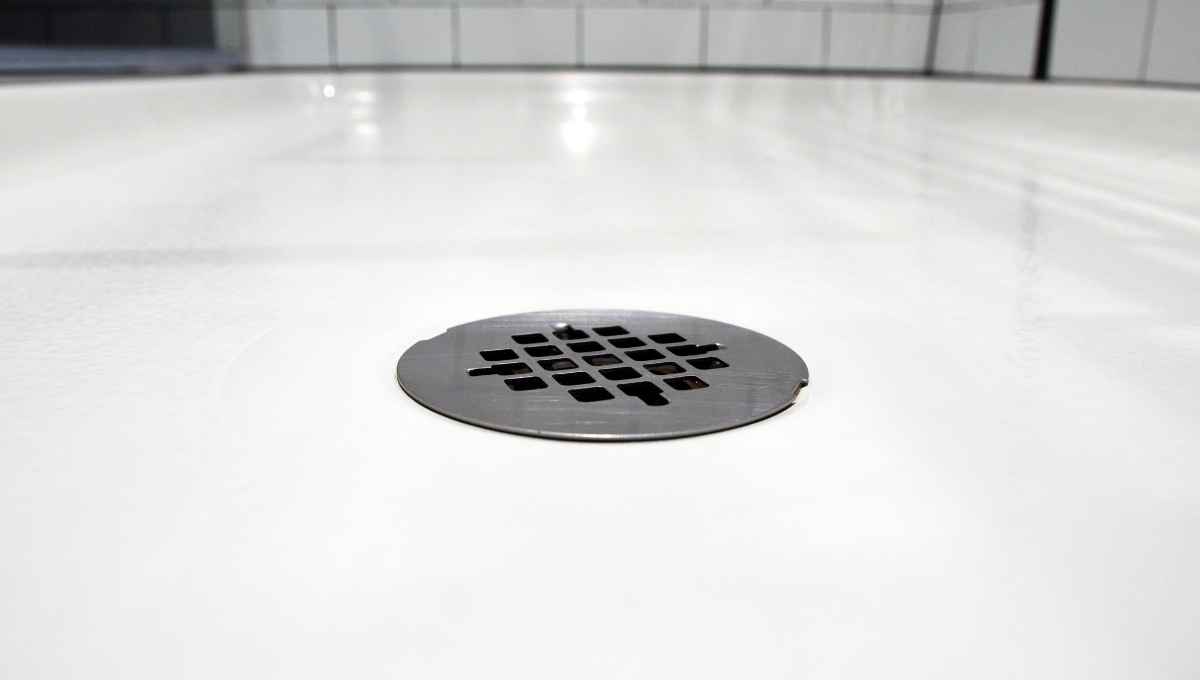
Knowing the ins and outs of your shower’s plumbing can certainly be overwhelming. However, most pieces of the plumbing are very necessary. But what about the trap? Does a shower drain need a trap?
A shower drain needs a trap to prevent poisonous gases from entering your home. Because of this function, it is illegal for a new shower drain not to have a trap. If your old shower drain does not have a trap, you should look into installing one as soon as possible.
With that said, there are specifications for a shower drain and a shower trap to consider before moving forward with a build or remodel of a shower or bath. This article will walk you through what traps and drains to stay clear of and what you should use instead.
This post contains affiliate links. This means Household Blogger may earn a commission should you make a purchase using any of our links. Please refer to our full affiliate disclosure policy for full details.
Here’s a Quick Pro Tip!
You need a p-trap for your shower drain, and it must meet certain requirements when it comes to material, size, and style.
Here are some reliable products from Amazon:
1. Bernkot Shower Drain Base: This is a two-inch PVC drain base with steel hardware. The PVC material makes it easy to use and is corrosion resistant. This base is also in accordance with most building codes.
2. TUUBER Valve Trap Assembly Kit: This is an easy-to-install valve and vent system to keep water in the drain trap. This keeps odors and sewage gasses out of the house. It works with p traps, as well as other plumbing traps.
3. Canplas PVC P-Trap 2-Inch, White: This P-trap pipe is the recommended size for most showers. Plus, since it is PVC piping, it is corrosive resistant. Also, it is up to code, so it will drain faster than an older pipe or a 1 ½ inch pipe.
Traps for Shower Drains
Traps for shower drains work just like all other plumbing traps, but there are a few specifications necessary for shower drains.
This section will cover how a trap works and the best kind for a shower.
What is a Shower Trap?
A shower trap is a part of the plumbing that traps water in a pipe to seal out toxic sewage gasses. These gasses include methane and hydrogen sulfide, which are highly flammable. Additionally, sewage gasses contain carbon monoxide, which takes the place of oxygen.
If poisonous gasses weren’t terrible enough, a shower trap also keeps out bugs and other critters from coming in. It’s a simple solution to many horrific issues.
If your drain doesn’t have a p-trap already, you’ll need to install one.
How Does a Shower Drain Trap Work?
A plumbing trap for a shower drain works by trapping water in a U-shaped pipe. When water goes down the drain, the water in the trap is replaced by new water. Because there is always water in the trap, nothing can come up to the drain.
Every drain must have a trap, and every shower drain must have a P-trap. There are other traps, but most other traps are prohibited.
Additionally, a P-trap is simple and the most effective at keeping toxic gasses out of the home.
How Far Can a Trap be From a Shower Drain?
According to the National Standard Plumbing Code (NSPC), a trap can be up to 30 inches vertically away from a shower drain. However, it’s best for a trap to be directly beneath the drain. Additionally, a P-trap is the most efficient kind and is approved by NSPC.
All other drains do not need to be more than 30 inches vertically from the trap either. Additionally, all drains need their own trap unless they are right next to each other, like two sink drains.
How Do I Know if My Shower Drain Has a P-trap?
To see if your shower drain has a p-trap, shine a light inside the drain, and if you see water in the drain, you are looking at the water trap. You can see the trap from the drain because most shower traps are located directly under the drain.
If you do not see any water from the drain, this could mean the trap is located further down, or you don’t have one at all.
Also, you can check to see if the shower has a p-trap by accessing it in a market spot located on the floor’s ceiling underneath the drain or in the crawlspace.
You might also enjoy our post on If Bathroom Fans Remove Smells
What to Do if Your Shower Doesn’t Have a P-trap?
If you find out your shower doesn’t have a P-trap, you don’t have to install one immediately if you are not experiencing fumes from sewage gasses or insects coming out of the drain. However, if you plan to remodel your bathtub or shower, you must put in a P-trap.
Professional contractors and builders have to use standard p-traps, even in remodels. Otherwise, they can lose their license.
They also cannot use prohibited traps like ball traps with moving parts, flexible traps, or s-traps for showers and toilets.
Where is the P-trap in a Shower?
A P-trap is ideally located directly beneath the shower drain. You should be able to see the water in the trap from the drain. However, the trap can be as far as 30 inches from the drain.
A shower drain will have its own trap unless there are two shower drains very close to each other and in the same bathroom (like in hostels or locker rooms).
Additionally, other drains will have their own trap as well.
Can a Shower Drain Have Two P-traps?
The International Plumbing Code and most state codes prohibit double p-traps. There are a few exceptions, and some even suggest using two traps, but venting becomes more important, and the double traps need to be done a specific way.
If the double traps are not done correctly, they can get air stuck in them, undo the seal, and allow sewage gasses to enter through the drain.
The main concern is whether or not the water pressure is enough to push water through both traps.
What’s the Difference Between an S-trap and a P-trap?
The visible difference between an s-trap and a p-trap is that one is shaped like an S, and one is shaped like a P. Functionally, the S trap works like a vacuum, and a p-trap simply lets water and air flow through.
The S-trap is illegal for builders because it allows toxic gasses to enter the trap, which will then enter through the drain.
A P-trap keeps water in its trap as long as new water drains each day.
If a drain isn’t being used, then the water in the trap can evaporate, and then there will no longer be a seal until more water is drained into the trap.
Installation for a P-Trap
Installing a P-trap is fairly simple once you have all the correct tools and sizes in pipes and connectors. This section covers the tools you need and how to connect all the correct pieces.
How Do You Install a Shower Drain P-trap?
To install a shower drain p-trap, you must remove the existing trap with a pipe cutting saw. You might need to replace the drain pipe as well. To install them, use connectors that fit a two-inch drain and p-trap.
A shower drain P-trap will need to be installed when the shower is installed or during a renovation.
There are some cases where you can get to the plumbing underneath the shower and can be installed from the access underneath, and the existing pipe can be cut out.
What Size are Shower Traps?
According to some building codes, a shower trap should be at least one and a half inches unless there are multiple shower heads. If there are multiple shower heads, the trap should be 2 inches. Thankfully, most standard traps for shower drains are two inches.
Shower drains can only be 30 inches away from the trap vertically. However, a shower trap should be right below the drain, and each drain should have its own trap.
The only exception is when drains are beside each other, like two sinks.
Why Does a Shower Require a Two-Inch Drain?
Some showers have a one-and-a-half-inch drain and trap size, but it is recommended to have a two-inch drain and trap size. The reason you should use a two-inch pipe is that showers tend to flood faster, and if the pipe size is a half inch larger, it will drain faster.
A drain is mostly a drain base that connects the surface of the drain to the p-trap. Ideally, there is little piping below the drain before it hits the p-trap.
Additionally, you can find drain bases that fit up to three inches for when a shower drain is taking in water from multiple shower heads.
Can Showers and Tubs Share a Drain?
Showers and tubs can share the same drain, but if you have more than one shower head or bath faucet, it is ideal to have a three-inch drain no smaller than a two-inch drain. Additionally, the p-trap will need to be larger in size along with its connectors.
Some state codes allow up to five shower heads to be used simultaneously with one two-inch drain. However, that is the maximum limit, and it is better to use either a three-inch drain or to install more drains to shower head ratio.
Does a P-trap Have to be Directly Below the Drain?
A p-trap does not have to be directly below the drain, but it should not be further than 30 inches horizontally and 24 inches vertically, according to the NSPC. Other codes specify a distance up to five feet.
However, it is ideal to have a p-trap directly below the drain. It is also ideal to have the drain and p-trap pipe at least two inches in diameter.
Both the size in diameter and the close location of the p-trap to the drain will affect how quickly the water will drain out.
You might also enjoy our post on If Bathtubs Have Shut Off Valves
How Do You Run a Shower Drain Pipe and Trap?
The shower drain pipe is mostly the drain base that connects the drain surface to a connecting pipe that connects the drain base to the trap. Ideally, the trap will be directly below the drain, and there will not be a must pipe between them.
The direction of the pipes should only be vertical or horizontal. The pipes should not be sloped.
This is especially important for the p-trap because if the p-trap is sloped, the seal could break and allow harmful sewage gasses into the house.
How far Below the Drain Should a P-trap Be?
The NSPC specifies that a p-trap should be no more than 24 inches below the drain. Some codes only state that there should be up to five feet of distance between the drain and the p-trap.
The NSPC also specifies that there should only be 30 inches of horizontal distance between a drain and a p-trap. However, a p-trap should be directly below the drain.
Additionally, it’s good to have a p-trap below the drain for all drains.
Can a P-trap be Lower Than the Drainpipe?
A p-trap is ideally located directly beneath the drain pipe. However, the p-trap can be 30 inches further away from the drain pipe vertically. Horizontally, a drain pipe can be 24 inches away from the p-trap.
The size of the drain pipe, p-trap, and its connectors are to be at least two inches in diameter. Some shower pipes are still one and a half inches in diameter, and that’s ok, but two inches helps drain the water faster.
Smells Coming From the Drain
If you smell bad smells coming from the drain, this could mean your plumbing trap lost its seal. This section will cover how traps stop smells and why your drain smells like a sewer.
Do Shower Traps Stop Smells?
Shower traps stop smells by trapping water to make a seal that prevents sewage gasses from going past the seal. A trap works best if it follows standard building codes. Ideally, you want the trap directly beneath the drain, and you want a vent somewhere behind the trap.
A vent in the plumbing system releases the built-up gasses to the outside. This helps keep the water in the trap.
Otherwise, when the drain drains new water through the pipes, the harmful gasses can displace some of the water in the trap.
Why Does My Shower Trap Smell?
Your water trap might smell because the water in the trap has either evaporated or has been displaced. It will start to smell if you don’t use a drain for a while. This is because new water has not replaced the old water, and the old water has evaporated.
The other reason is that the water in the trap has been displaced. This can happen if the trap is not a p-trap and is something not up to code.
Other traps clog or fill with a vacuum of sewage gasses that are taking the place of the water in the trap.
Why Does My Bathroom Smell Like Sewer After I Shower?
If your shower drain does not have a working p-trap, then when you shower, the water is mixing up what water is in the trap along with other gasses from the sewage. This happens when sewage gasses displace some of the water in the trap.
Water can be displaced when the wrong trap is used. Some traps create a vacuum of gasses, like the p-trap.
When you shower, the trapped gasses and the water in the water trap become mixed, and some of the gasses escape up the drain.
You might also enjoy our post on If a Bathroom Sinks Needs a Vent
How Do I Stop My Shower Drain from Smelling?
If the cause of the smell is caused by a faulty trap, you can either replace the trap with a p-trap or install a vent on the trap. However, the plumbing under a shower is not always accessible in older homes, and you might have to pull up the area around the shower.
Newer homes should provide access to the plumbing under a shower drain, and you can replace the pipes or add a vent from there.
If you do not have access to the plumbing and it’s not a reasonable time for a remodel, you can turn on an air vent in the bathroom when you shower.
Related Questions
Does every drain need a trap?
Every drain needs a trap, and every drain needs its own trap, with a few exceptions. One exception is two to three sinks next to each other can share a trap, but their outlets need to be within 30 inches of the trap.
Other drains are not required to have a P-trap, but they will need to be made with a material that is corrosion resistant, like glass or plastic. Many sinks have S-traps.
Additionally, there are drum traps, ball with moving parts traps, bell traps, and partition traps.
Do you need a trap on a bathtub drain?
Just like a shower drain, your bathtub needs a drain. Ideally, you want the drain to be two inches wide in diameter and a trap two inches wide in diameter. It is also ideal to have the trap located directly below the drain.
A simple p-trap made of PVC pipe works best because it is corrosive resistant and it isn’t as heavy as metal. Other types of traps are most likely illegal for new construction.
S-taps, drum traps, and flexible p-traps are illegal, among other traps.
Does a shower drain need a vent pipe?
Just like every drain, a shower drain needs a vent pipe. Vent pipes can be used per drain or in a stack. Most houses use a vent stack where all of the pipes vent through one pipe, and it usually goes out through the roof.
If you add a shower or any other drain to an existing house, you will need to get a vent for each new drain.
The vents allow some air to move out of the pipe, allowing the water to move through easily without displacing the water in the trap.
Final Thoughts
We hope this helps you figure out what you need for your next shower remodel or if you’re building a bathroom from the foundation.
Or maybe you learned what is causing your bathroom to stink, and you can take out that old, code-defiant trap and put it in a correct trap.






